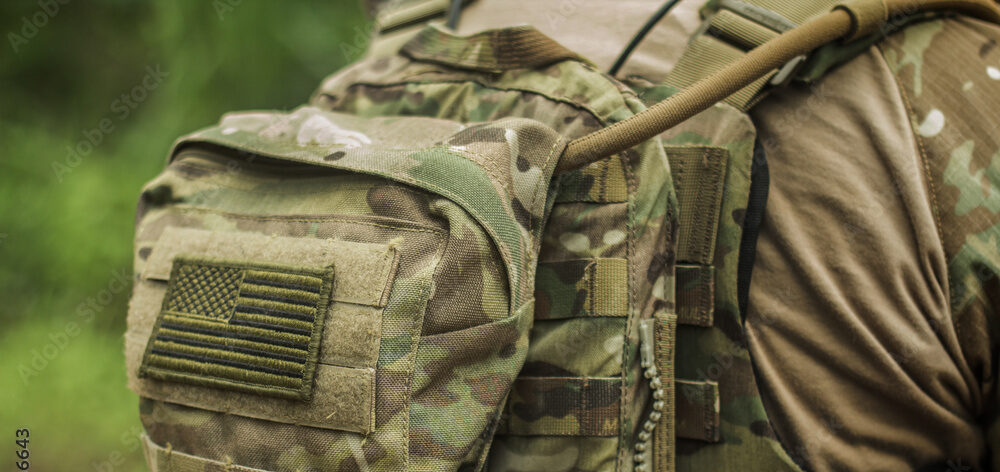It was a hot and humid morning in May 2002 near Marine Corps Base, Camp Hansen, in Okinawa Japan. I was a young Hospital Corpsman assigned to the Third Medical Battalion. Our unit was embarking on a 12-mile hike with full packs and I made the poor decision to not hydrate properly. Even more foolish, and to shred weight to attain a certain “aesthetic” look and using the extended hike as a weight loss opportunity, I took a supplement with certain strong ingredients, caffeine included, to amplify the effect. I was fortunately well conditioned and had compensational powers that mitigated a dangerous outcome. After my shower I headed to work. It was then that my Leading Petty Officer wisely recommended I receive IV fluids after noticing the appearance of my skin, which looked very pale. I felt better after the IV and drank fluids throughout the day. However, the same outcome has not always occurred for many others in various environments. During my military career, I have witnessed and treated several heat casualty cases. But it was a recent incident that reminded me of the critical need of proper hydration for young people participating in sports, especially football because of its combative nature and in the August and September months.
The need to consistently ensure our young people are hydrated and ensuring a safety culture exists in youth sports is paramount. For inherently dangerous contact sports like football, boxing, martial arts, and others, it is especially critical. Ensuring proper hydration is not just verbally reminding the young athletes to stay hydrated but also educating them on the risk factors and environmental exposures that can make the difference.
Recently, I was attending my nephew’s middle school football game. Now, this is the state of Texas and it was a 90 plus degree day here in San Antonio in the middle of September. As the game ended, we noticed one of his friends being wheelchaired by his Father off the field into an area close to where an ambulance could pick him up. I was with my brother, and we went to offer help. It was apparent by the boy’s appearance that he was a heat casualty. He was minimally responsive, could barely keep his eyes alert, and was very clammy and cool. My Hospital Corpsman instinct kicked in as I monitored his pulse and offered assistance to the designated Medic on staff for the game. The most important thing you can really do in those situations is to remain calm and provide the most positive reassurance you can to the patient and those around, especially the relatives. I always try to communicate to the patient by their first name and give them good news, such as the fact that their team won. The ambulance arrived and the young man was transported to the nearest hospital where he was fortunately treated and eventually discharged. He is doing well now, Thank God.
The sport of football is played from August through the end of the fall for most youth leagues including Middle and High School where overall body awareness and maturity has not fully developed. It is the combination of the associated temperatures along with the pure physicality and exertion of the sport that makes it extremely critical that coaches and athletic trainers ensure proper hydration well before and during athletic competition. It is not only the intake of water, electrolytes, and healthy fruits and fiber that is essential, but also minimizing the intake of excessive sugars and caffeine which can cause dehydration. Such information is considered common sense by many and thankfully so, especially when consistently practiced by the athletes, but it is always worth reminding young people as they undertake athletic competition at different stages.


